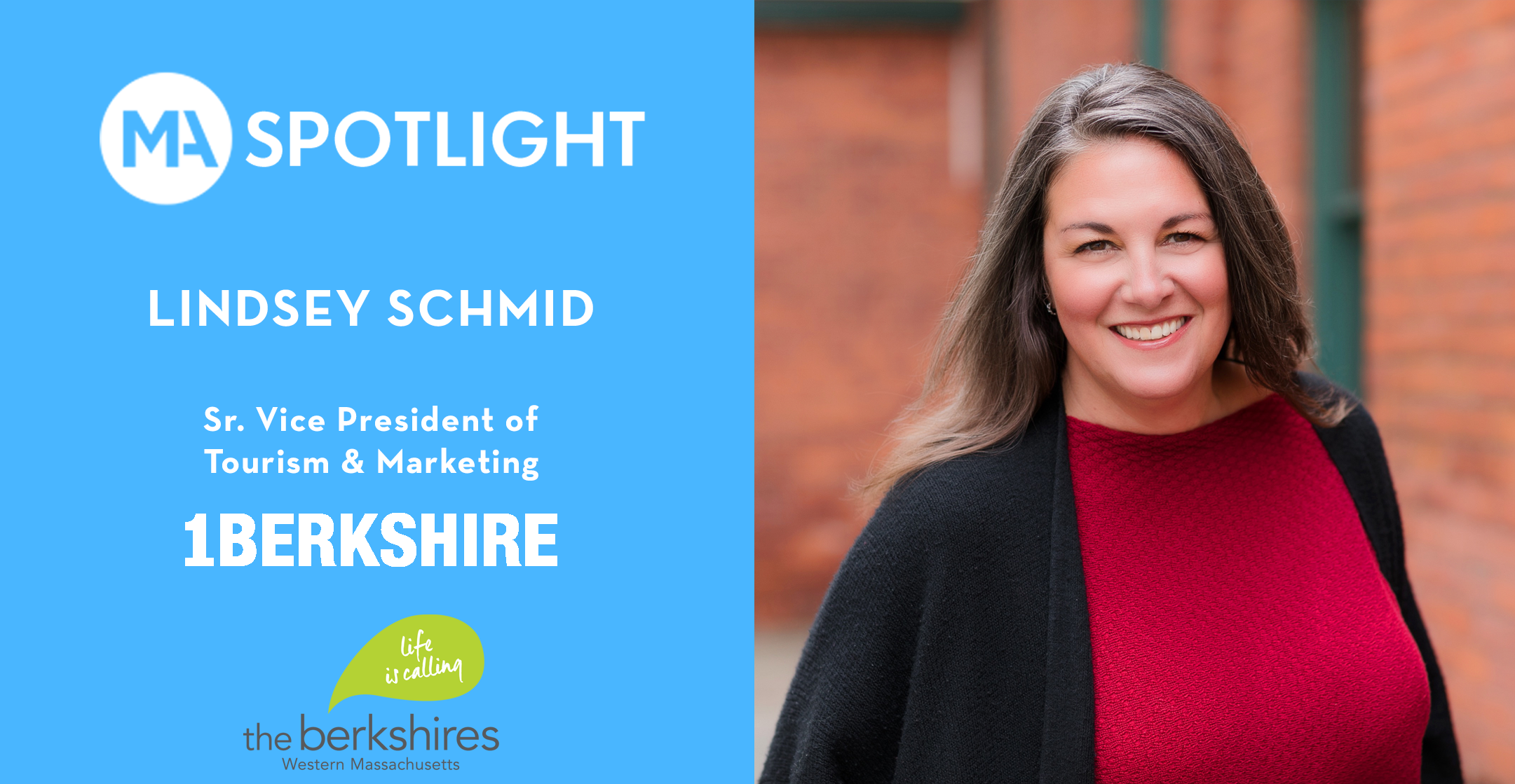Want to create an itinerary from this post?
Create a VisitWidget account and start creating your own sharable itineraries

Celebrating Women
This year, Massachusetts celebrates the 200th anniversary of Susan B. Anthony’s birth, and the 100th anniversary of the passage of the 19th Amendment. We spoke with Cassandra Peltier, executive director of the Susan B. Anthony Birthplace Museum in Adams, about upcoming activities to celebrate these historical milestones.
Cassandra, tell us about your background and your work at the Susan B. Anthony Birthplace Museum.
My work with the Museum began in 2015 when I interned as a student at Massachusetts College of Liberal Arts (MCLA). As part of my internship, I created the black dress currently on display at the museum, based on photographs of Susan B. Anthony with Elizabeth Cady Stanton from the 1880s. From that point, my childhood love of museums and my long-time interest in women’s history and textiles became inseparable. I transferred to Mount Holyoke College, where I completed two internships and an assistantship at the Mt. Holyoke College Art Museum and Joseph Allen Skinner Museum before graduating in spring of 2018.
I am proud to be the Executive Director at the Museum at this most pivotal moment. This year is the most momentous anniversary for U.S. women’s history in our lifetime. In addition to spearheading the museum’s centennial programming, I am working with the Vermont Suffrage Centennial Alliance, the Northern Berkshire Suffrage Centennial Coalition and the Adams Suffrage Centennial Celebration Committee to ensure the histories of our community, state and region are shared through programming and exhibits.
What kind of activities are you planning?
The Museum is organizing a calendar of “100 Events for 100 Years” commemorating the Woman’s Suffrage Centennial through collaboration with historic sites, museums, libraries and institutions throughout the Commonwealth. These public events will serve Massachusetts residents as well as tourists, guests and visitors and will include re-enactments, author discussions, scholar lectures, and historically based art.
We are hosting a year-long programming series entitled “In Her Shoes: Understanding Women’s Lives Before the 19th Amendment.” In addition to the current listing of events, we will be populating a live calendar of all events hosted by our partner organizations to the centennial website.

What type of visitors come to the museum?
Visitors to the Museum really are as diverse as the world itself. Community members of all ages come to celebrate their local history and to share with younger generations the history of women’s suffrage and human rights activism that today’s youth are inheriting. We receive visits from college students, from the Red Hat Society, and from elementary and high school students who have asked their families to visit the museum after learning about Susan B. Anthony in school. Summer is our busiest time with bus tour groups, summer camps, vacationing families, and international tourists. I have met couples from Australia and China as well as families from California and Ontario.
Throughout the year, we host field trips from MCLA’s “Kids 2 College” program, who utilize our newly designed “STEM in History” curriculum about architecture, women in medicine, and everyday objects from Susan’s lifetime that help us think about engineering and technology in new ways.
Who are some of your tourism and cultural partners in Massachusetts?
We work with the Mohawk Trail Regional Tourism Council a great deal, which is wonderful for increasing visibility for our events and reaching some of the larger tour companies. Other partners include the Adams Free Library, 1Berkshire, the Berkshire Eagle, Mass College of Liberal Arts, BCC, Williams College, and NBCTC.
The Clark Museum is becoming an excellent resource for consultation on conservation concerns, and our museum is co-sponsoring a performance of “Someone Must Wash the Dishes: An Anti-Suffrage Satire” at Ventfort Hall Mansion and Gilded Age Museum in Lenox on March 28 as part of their Tea and Talk series.
We also collaborate with museums, archives, and libraries in the Pioneer Valley – and even in Boston – to shed new light on our shared histories of Women’s Suffrage, mill industry, and labor unions.

Tell us about the initiative in Adams to build a Susan B. Anthony statue.
The Adams Suffrage Centennial Celebration Committee (ASCCC) is funding a statue honoring Susan B. Anthony, to be located in the Town Common at the intersection of Routes 8 and 116 where visitors and school groups can easily gather. The design of the monument incorporates two statues: one of Ms. Anthony delivering a speech as an adult and a second statue of 6-year-old Susan, the age when she and her family moved from Adams. The statue will be located just over a mile away from the Museum, where visitors can learn more about her life and career of activism.
The statue is being unveiled during a three-day celebration in Adams on August 21-23, featuring a food truck festival, street fair, fireworks, musical performances, and parade culminating in the dedication ceremony.
How do you think Western Massachusetts influenced Susan B. Anthony?
As a little girl, raised in the Quaker community of Adams, Susan was imbued with its strong sense of social justice. The Quakers opposed slavery as well as unjust treatment of Native Americans, mentally ill people and prisoners. They also recognized the equality of women. They educated women, allowed them to speak in public and involved them in the community’s decision-making processes. Susan’s paternal Aunt Hannah Anthony Hoxie was a Quaker Preacher, which meant she helped lead the community.
The natural beauty of the Berkshires also made a strong impression on Anthony. The first chapter of her authorized biography, The Life and Work of Susan B. Anthony by Ida Husted Harper, lauds the rolling hills and verdant valleys of the Berkshires. Weather permitting; visitors can see the peak of Mount Greylock from five rooms in the Birthplace Museum.
Want to create an itinerary from this post?
Create a VisitWidget account and start creating your own sharable itineraries



